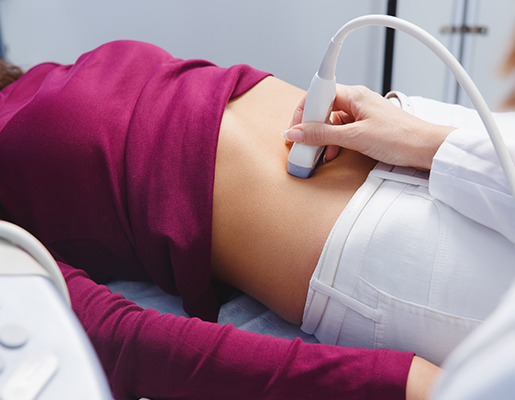A Woman’s Place is pleased to offer our patients the latest technology and convenience in Women’s Health. In our effort to provide one-stop, annual well woman exams, we are now offering the convenience of 3D mammography and breast ultrasounds in our office.
Breast Ultrasound
Breast ultrasound is a widely used adjuvant to mammography for the detection of breast cancer and other breast abnormalities. Along with 3D mammogram, breast ultrasound is an ideal screening for early detection, especially for people with dense breast tissue.
A doctor may schedule a breast ultrasound after discovering a lump in the breast tissue during a routine physical examination or mammogram.
They may also request a breast ultrasound for:
- Assessing unusual nipple discharge
- Evaluating cases of mastitis, which is the inflammation of the mammary tissues
- Assessing symptoms, such as breast pain, redness, and swelling
- Examining skin changes, such as discoloration
- Monitoring existing benign breast lumps
- Verifying the results of other imaging tests, such as an MRI scan or a mammogram
Prior to your scheduled breast ultrasound:
- People should avoid applying any lotions or powders to their skin before the test, as these may decrease the accuracy of ultrasound images.
- Having any form of metal on the body can also interfere with the test results, so it is important to avoid wearing jewelry or a watch.
- Wearing separate items of clothing on the top and bottom instead of a dress or one-piece outfit often makes it easier to avoid removing all clothing. For some people, choosing a button up or zippered shirt might also make the undressing process more comfortable.
FAQ
3D mammography, also known as tomosynthesis, provides a more detailed, layered view of breast tissue, which can help detect abnormalities earlier and reduce false positives compared to traditional 2D mammograms.
Most women are advised to begin annual or biennial mammograms at age 40, but your doctor may recommend earlier or more frequent screenings based on your personal and family health history.
Many insurance plans cover annual screening mammograms, especially for women over 40. It’s best to check with your provider or call our office for help verifying coverage.
Avoid using deodorant, lotion, or powder under your arms or on your breasts on the day of the exam, as these can interfere with the imaging. Wear a two-piece outfit for convenience.
An abnormal result doesn’t always mean cancer. We may recommend additional imaging, such as an ultrasound or diagnostic mammogram, and if needed, we’ll guide you through the next steps with compassion and care.




